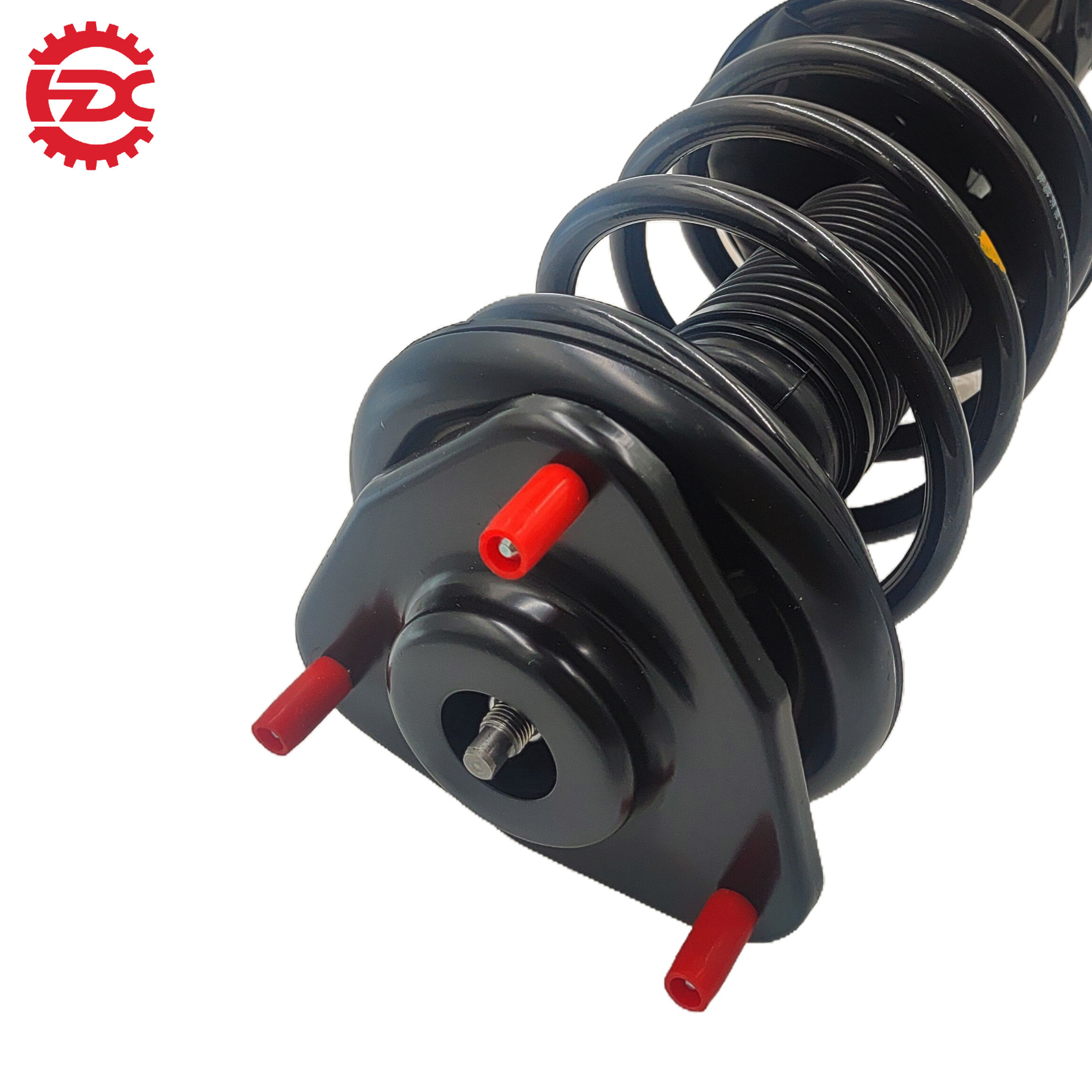Understanding Vehicle Suspension Geometry and Control
Vehicle performance enthusiasts and professional mechanics alike recognize the critical role that suspension geometry plays in achieving optimal handling and tire wear. At the heart of this precision engineering lies the adjustable camber arms - sophisticated components that allow for precise control over wheel alignment angles. These essential suspension elements have revolutionized the way we approach vehicle handling, tire maintenance, and overall driving dynamics.
The Engineering Behind Adjustable Camber Arms
Core Components and Construction
Adjustable camber arms are engineered with precision-machined components, typically constructed from high-grade materials such as aircraft-quality aluminum or chromoly steel. The arms feature threaded adjustment mechanisms that allow for fine-tuning of the camber angle without requiring complete suspension disassembly. This sophisticated design incorporates high-strength spherical bearings or polyurethane bushings that ensure smooth operation while minimizing unwanted movement.
The manufacturing process involves careful attention to material selection and quality control. Premium adjustable camber arms often feature weather-resistant coatings and protective treatments to ensure longevity even in challenging environmental conditions. The threading mechanisms are designed with anti-binding properties, making adjustments smooth and preventing seizure over time.
Technical Advantages Over Stock Components
Traditional factory suspension components offer limited adjustment range and often require shimming or eccentric bolts for camber modifications. In contrast, adjustable camber arms provide a significantly wider range of adjustment while maintaining structural integrity. The ability to make precise changes without removing multiple components saves valuable time during alignment procedures.
These aftermarket solutions also typically offer improved articulation range compared to stock parts, allowing for more extreme suspension setups without binding or interference. The incorporation of high-quality bearings reduces friction and provides more consistent performance throughout the suspension's range of motion.
Performance Benefits and Applications
Track and Performance Driving
For performance driving enthusiasts, adjustable camber arms are indispensable tools for optimizing vehicle handling characteristics. They enable drivers to dial in specific camber settings for different track configurations or driving conditions. During high-speed cornering, proper camber settings ensure maximum tire contact patch, resulting in improved grip and faster lap times.
Professional racing teams rely on adjustable camber arms to quickly adapt their suspension setup between practice sessions, qualifying, and race conditions. The ability to make precise adjustments trackside without extensive disassembly provides a competitive advantage in motorsport applications.
Street and Daily Driving Improvements
Even for daily-driven vehicles, adjustable camber arms offer significant benefits. They allow for proper alignment specification restoration after suspension modifications, ensuring even tire wear and predictable handling characteristics. This is particularly valuable for vehicles with lowered suspension systems or those running non-standard wheel and tire combinations.
The enhanced adjustability helps compensate for wear in other suspension components, extending the service life of tires and maintaining optimal handling characteristics. Daily drivers benefit from improved stability during emergency maneuvers and more consistent behavior in varying weather conditions.
Installation and Adjustment Considerations
Professional Installation Guidelines
While adjustable camber arms are designed for relatively straightforward installation, proper procedures must be followed to ensure safety and performance. Installation should be performed with the vehicle supported on appropriate lifting equipment, allowing full suspension droop. Careful attention must be paid to torque specifications and alignment of components during assembly.
Professional installers should verify clearance throughout the suspension's range of motion and ensure all fasteners are properly secured with thread-locking compound where specified. Initial settings should be established based on vehicle manufacturer specifications before making performance-oriented adjustments.
Maintenance and Adjustment Protocols
Regular inspection of adjustable camber arms is essential for maintaining optimal performance. This includes checking for proper torque on all fasteners, examining bearings or bushings for wear, and ensuring adjustment mechanisms move freely. Periodic cleaning and lubrication of threaded components help prevent corrosion and maintain smooth adjustment capability.
When making adjustments, it's crucial to ensure equal changes on both sides of the vehicle to maintain proper handling balance. Documentation of settings is recommended to track changes and their effects on vehicle behavior and tire wear patterns.
Frequently Asked Questions
How often should adjustable camber arms be inspected?
Professional inspection is recommended every 12,000 miles or annually, whichever comes first. However, more frequent checks may be necessary for vehicles used in performance driving or harsh conditions. Visual inspections should be performed monthly for signs of wear or damage.
Can adjustable camber arms be installed on any vehicle?
While adjustable camber arms are available for many vehicles, application-specific designs are necessary to ensure proper fitment and function. It's essential to verify compatibility with your specific vehicle make, model, and year before purchase.
What is the typical adjustment range of aftermarket camber arms?
Most adjustable camber arms offer approximately 3-5 degrees of adjustment in either direction from the factory specification. However, the exact range varies by manufacturer and vehicle application. It's important to note that extreme adjustments may affect other suspension geometries and should be approached with caution.

